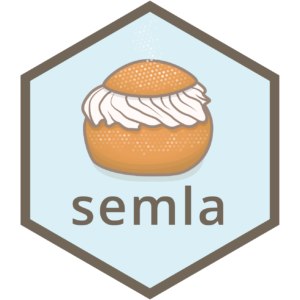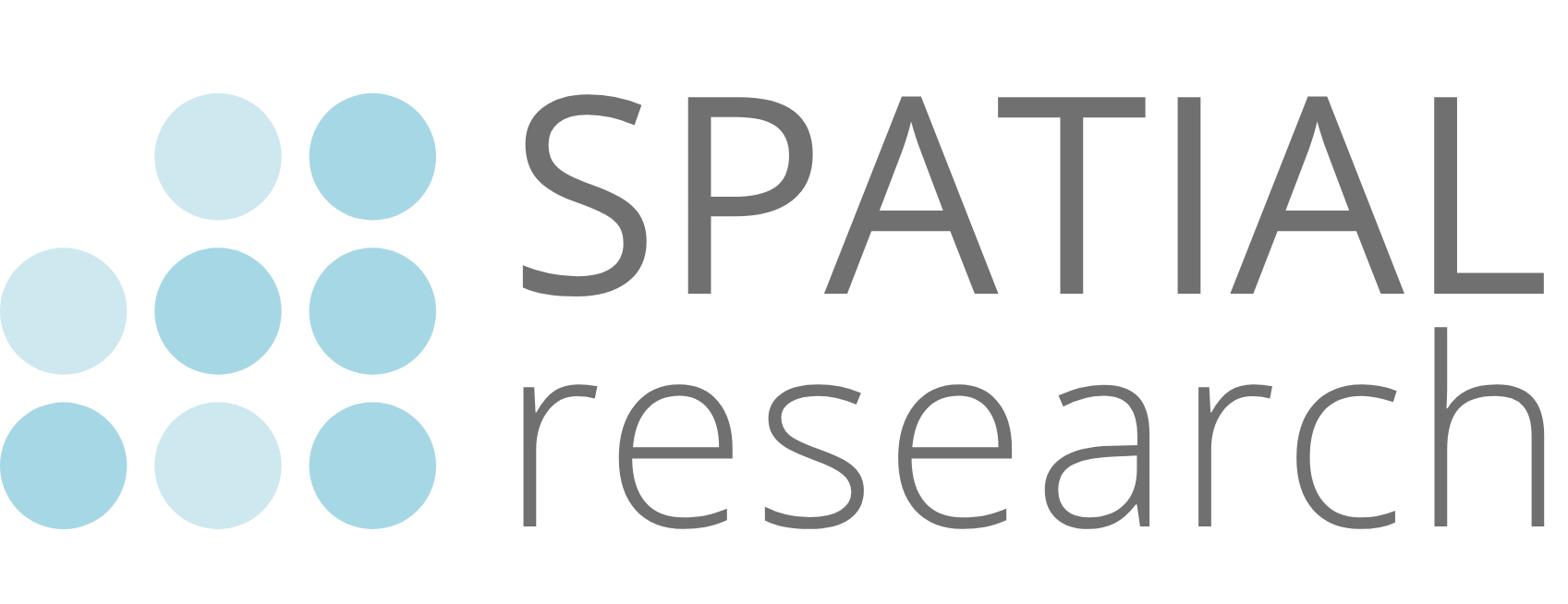We have developed a set of open source tools for analysis, storage, and visualization of Spatial Transcriptomics and Visium datasets.
Some of our tools for the original Spatial Transcriptomics platform can be found at GitHub: https://github.com/SpatialTranscriptomicsResearch/
Semla
Semla is the upgraded STUtility R-package that collects useful tools for Spatially Resolved Transcriptomics data analysis and visualization. The package was developed by Ludvig Larsson and Lovisa Franzén in the Lundeberg/Ståhl research groups at the Royal Institute of Technology (KTH).
Documentation: https://ludvigla.github.io/semla/
Source code on GitHub: https://github.com/ludvigla/semla
Published article: “Semla: a versatile toolkit for spatially resolved transcriptomics analysis and visualization”
For questions regarding semla, please contact: Ludvig Larsson [email protected], Lovisa Franzén [email protected], Javier Escudero Morlanes [email protected] (active maintainer) or Raphaël Mauron [email protected] (active maintainer).
If you find bugs or want to suggest a new feature, please open an issue on GitHub.

STUtility
STUtility is an R-package with the goal of providing an easy-to-use visualization and analysis tool kit for spatial transcriptomics data. The package was developed by Ludvig Larsson and Joseph Bergenstråhle in the Genomics (Spatial) research group at the Royal Institute of Technology (KTH).
Documentation: https://ludvigla.github.io/STUtility_web_site/index.html
Source code on GitHub: https://github.com/ludvigla/STUtility_web_site
Published article: “Seamless integration of image and molecular analysis for spatial transcriptomics workflows”
For questions regarding STUtility, please contact: Ludvig Larsson [email protected]
xFuse
Current methods for spatial transcriptomics are limited by low spatial resolution. To tackle this issue, Ludvig Bergenstråhle developed a method, xFuse, that integrates spatial gene expression data with histological image data from the same tissue section to infer higher-resolution expression maps. Using a deep generative model, our method characterizes the transcriptome of micrometer-scale anatomical features and can predict spatial gene expression from histology images alone.
Source code on GitHub: https://github.com/ludvb/xfuse
Published article: “Super-resolved spatial transcriptomics by deep data fusion”
Eggplant
Eggplant or effortless generic GP landmark transfer, is a method developed by Alma Andersson, that enables transfer of information from multiple tissue sections to a reference representing a common coordinate frame-work.
Documentation: https://spatial-eggplant.readthedocs.io/en/latest/index.html
Source code on GitHub: https://github.com/almaan/eggplant
Pre-print article: “A Landmark-based Common Coordinate Framework for Spatial Transcriptomics Data”

Stereoscope
In Spatial Transcriptomics or Visium, each spatial spot covers multiple cells and it is therefore desirable to deconvolve the cellular composition within a spot using a computational approach. Stereoscope, developed by Alma Andersson, is a model-based probabilistic method that makes use of annotated single cell RNA-seq data to deconvolve the cell mixtures in spatial data. Since the development of stereoscope, it has been widely used by researchers analyzing their spatially resolved transcriptomics data..
Source code on GitHub: https://github.com/almaan/stereoscope
Published article: “Single-cell and spatial transcriptomics enables probabilistic inference of cell type topography”
Spatial Transcriptomics Pipeline
The Spatial Transcriptomics (ST) pipeline is used to generate Spatial Transcriptomics datasets (containing gene counts for each spot) and basic statistics. As input, it uses the fastq files generated by the users sequencing platform. A manual description on how to use the pipeline is bundled within the pipeline itself.
The ST pipeline can be obtained from GitHub here.
For questions regarding the ST pipeline, please contact: Jose Fernandez Navarro [email protected]
Spatial Transcriptomics Spot Detector
The Spatial Transcriptomics (ST) Spot Detector is a web tool for automatic spot detection and positional adjustments for spatial transcriptomics datasets.
The arrays used to generate ST datasets may contain positional variations due to printing artifacts. This web tool aims to detect correct spot positions using the images generated from the ST protocol. In order to obtain relevant experimental data, it is also possible to automatically select the spots which are located under the tissue, using a corresponding HE image. The spot positions and selections are further adjustable to one’s own needs.
The generated output file contains adjusted spot coordinates and pixel coordinates, together with a file containing a 3×3 affine matrix to transform array coordinates to pixel coordinates, which can be useful for downstream analysis.
The Spatial Transcriptomics Spot Detector is available at GitHub.
For questions regarding the software, please contact:
Kim Wong [email protected]
Jose Fernandez Navarro [email protected]
Spatial Transcriptomics Viewer
The Spatial Transcriptomics (ST) Viewer allows for visualisation and interaction with spatial transcriptomics data coupled with a tissue image. A manual describing how to use the ST Viewer is included in the repository.
The ST Viewer is available at GitHub.
The ST Analysis package can be used for further analyses based on ST data and selections made using the ST Viewer (e.g. differential expression analysis, clustering, spot classification).
The ST Analysis package is available at GitHub.
For questions regarding these software packages, please contact: Jose Fernandez [email protected]
3D Viewer
By taking multiple consecutive tissue sections, it is possible to construct a three-dimensional gene expression map. This is done by generating gene expression data for each tissue section, and then aligning and stacking the data into gene expression maps.
This application provides morphological gene expression data and can be accessed here.
For questions regarding these applications, please contact: Ludvig Larsson [email protected]
Other
Automated ST protocol
To reduce the amount of manual preparation needed for ST samples, an automation script for the Nordiag Magnatrix 8000+ robot has been developed. It is available here.
For questions regarding the script, please contact: Anders Jemt [email protected]
